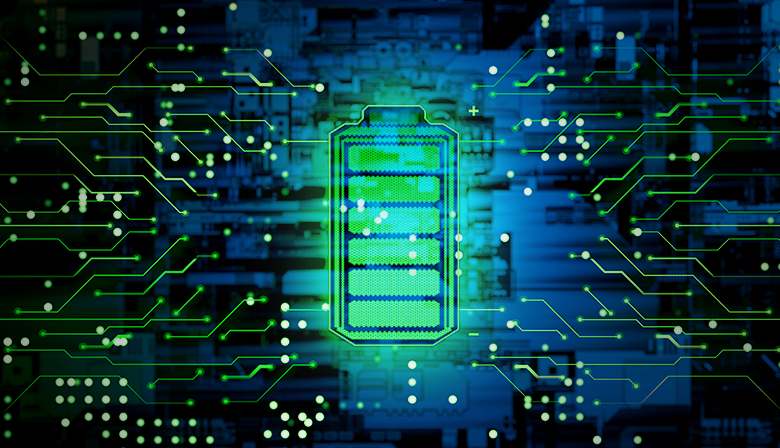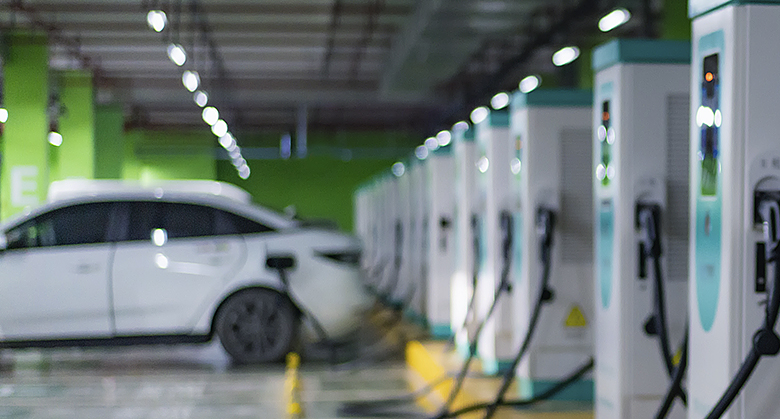Electrifying Our Future: A Q&A With Parsons’ Electrification Experts


Today, we are joined by two veterans of the electrification movement. Jim Valerio is VP of Business Development for North American Intelligent Infrastructure at Parsons and plays a key role in our Zero-Emission Bus initiatives and planning work. John Daly is a Senior Growth Operations Manager at Parsons, specializing in utility cybersecurity and assisting anyone who needs to manage their energy. Read along as they discuss electrification, Distributed Energy Resource Management Systems (DERMS), electrifying public transit fleets and what the future holds for these industries.
Electrification is a widely used term. How would you define it?
Jim: As we all work to decarbonize our everyday life, from transportation to our homes to our workplace and to the fulfillment of our basic needs, the generation, storage, and use of electricity will be essential. Therefore, I see this term as the embodiment of the work we are undertaking to create a single resource that is generated in a cleaner way, stored, distributed in an efficient manner, and, ultimately, delivered to us safely and sufficiently. So, electrification surrounds every industry as the shared goal to achieve this transformation.
John: There are lots of approaches happening simultaneously to combat climate change as we try and mitigate its effects. I see electrification as one of those approaches.
Flipping our reliance as a society from technologies that utilize carbon-based, non-renewable power resources, like coal, to electricity-powered resources (which can be renewable) is a simple way to think about the term electrification.
The movement has tons of variables, as Jim mentioned, as more things need more electricity than in the past, and with that, we get a greater power demand. But in order to save the planet and make Earth livable for future generations, we need to move to more renewable technologies rapidly.
How is Parsons involved in the electrification movement?
Jim: Our contribution has been focused on supporting the conversion of electrifying public transit fleets to zero-emission (ZE) alternatives, such as battery-electric buses and vehicles. Additionally, we are helping to design the electric vehicle charging equipment necessary to keep vehicles operating smoothly and without any interruption to the service they provide workers and riders. Integrating solar technology into new infrastructure at bus depots is another innovation we deliver, creating natural and clean electricity generation. For our clients, we must consider resiliency as we design and implement these transitions, understanding that emergency responsiveness is necessary when natural disasters may cause utility systems to fail. The battery electric storage systems (BESS) we design provide this resiliency.
John: Energy management is another angle Parsons is taking to help address climate change. Our Distributed Energy Resource Management Systems (DERMS) and Meter and Operational Data Management (MODM) technologies are designed specifically to help utilities manage demand loads as increases in power demand strain the electrical grid. Our DERMS solution helps utilities smoothly integrate and manage renewable energy sources, keeping the grid running efficiently even as power demands rise. By smartly balancing supply and demand, DERMS makes energy distribution more efficient and reduces carbon emissions, pushing us towards a greener future. Our MODM technology complements this by effectively managing meter and operational data, enhancing the reliability and performance of the grid. We’re advancing these technologies for microgrids and working with a range of utilities, from resource-strapped rural providers to large power utilities.
What are the benefits of electrification?
Jim: Too many to list here! The most important benefits are sustainability through the clean generation of energy. With this comes reduced air pollution. Electric vehicles are typically quieter while operating and have fewer moving mechanical parts, thus reducing long-term repair and maintenance costs.
At Parsons, we love being a part of the solution in combating climate change.
John: Climate change will continue to damage our planet and many of its effects are already irreversible in parts of the world. We are working to mitigate the impacts of climate change by adopting as many decarbonizing technologies as possible. Short term, electrification allows people to live without the worry of blackouts affecting their lives as we can establish uninterrupted and renewable energy solutions for the grid. Long term, we can make the planet hospitable for future generations. There is no greater mission than that.

What are the challenges you’ve seen in this space?
Jim: Wide adoption continues to meet with resistance (see the electricity pun I infused there?), largely because this type of large-scale transformation requires collective action, support, and significant new funding. Electrification is also not a simple solution. The mining, manufacturing, and recycling of materials used in lithium-ion and cobalt batteries required for electrification is arguably worse for the environment in the long term. Additional innovation – beyond the type of power – is needed to improve how the power is stored and used in a sustainable way. Also, I hope Parsons can participate in the pursuit of recycling efforts for all lithium-ion and cobalt batteries, as this will decrease costs/expenses while improving the sustainability of electrification for all users.
John: Power distribution technology is extremely old and inefficient to handle the uptick in power needs. The more things that flip to electric, like transportation and mobility, the more infrastructure is needed to handle the demand. The United States is focused on upgrading the grid to handle this rising power demand we’re facing. The biggest challenge with this is the time it takes to do so. There’s an exponential growth of power demand in our country, and the sooner we upgrade components of the aging grid, from transmission lines all the way to neighborhood transformers, the better. This prevents power outages due to overloads. Much of the U.S. power grid is decades old and wasn’t designed to even handle the current load demands. For example, 70 percent of transmission lines are over 25 years old. We’re also strapped for time on how long it takes for distributed energy resources like utility-scale solar projects and wind energy projects to build out. That’s why platforms like Parsons’ DERMS solutions are critical bridges in load management as the grid gets its upgrade.
What do you think the future holds for electrification?
Jim: We must continue to push and strive for better but remain cautious about how fast we get there. For now, finding places where innovative technology meets with the ideas of passionate people is exactly where I want to be!
John: The future of electrification is incredibly promising and essential for our planet’s sustainability. We’re going to see rapid advancements in renewable energy technologies and grid infrastructure upgrades. This means continued investment in smart grid technologies, like our DERMS and MODM solutions, to efficiently manage and distribute power. Electrification will also drive innovation in sustainable energy storage and microgrid systems. My guess is that we will see more decentralized energy production, with communities generating their own renewable energy and contributing to the grid.
Overall, electrification will mitigate climate change impacts, improve energy security, and create a more resilient energy system. Like Jim, I’m excited that we get to be a part of this for a living.
